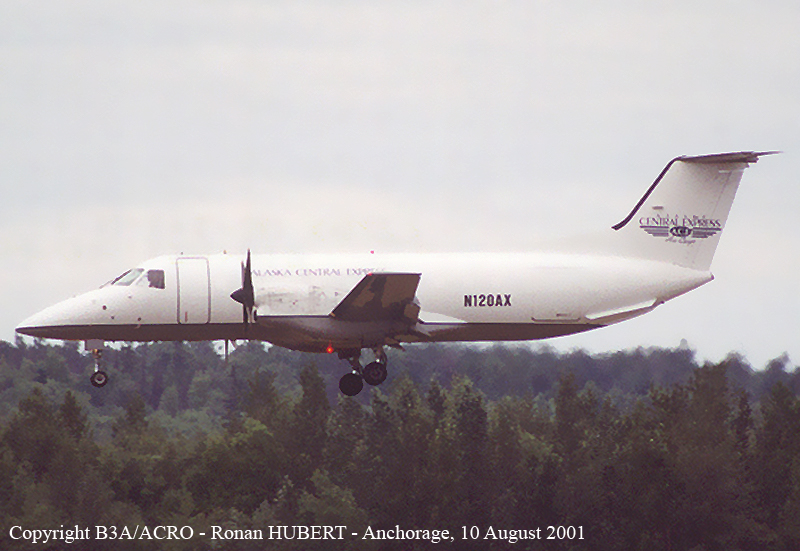Country
Crash of an Embraer EMB-120RT Brasília in Zaldíbar: 3 killed
Date & Time:
Jan 14, 2002 at 0728 LT
Registration:
EC-GTJ
Survivors:
No
Schedule:
Madrid - Bilbao
MSN:
120-024
YOM:
1986
Flight number:
IBT1278
Crew on board:
2
Crew fatalities:
Pax on board:
1
Pax fatalities:
Other fatalities:
Total fatalities:
3
Captain / Total hours on type:
1575.00
Copilot / Total hours on type:
832
Aircraft flight hours:
23578
Aircraft flight cycles:
29468
Circumstances:
The twin engine airplane departed Madrid-Barajas at 0635LT on a cargo service (flight IBT1278) to Bilbao, carrying one company mechanic, two pilots and a load of cargo consisting of 2,873 kilos of various goods. Following an uneventful flight, the crew was cleared to start the descent to Bilbao-Sondica Airport for an ILS approach to runway 30. During the descent, the crew encountered control problems which he attributed to an autopilot malfunction. While trying to identify the problem, the crew failed to realized that the rate of descent increased when the GPWS alarm sounded three times. Shortly later, while attempting to gain height, the aircraft struck the slope of Mt Santa Marina Vieja located 33 km from Bilbao Airport. The aircraft was destroyed by impact forces and all three occupants were killed. The wreckage was found near the village of Zaldíbar.
Probable cause:
Controlled flight into terrain after the crew failed to maintain an adequate separation with the ground because his attention was focused on the disconnection of the autopilot system. It was also determined that the crew failed to comply with the Standard Operating Procedures published by the operator.
Final Report:
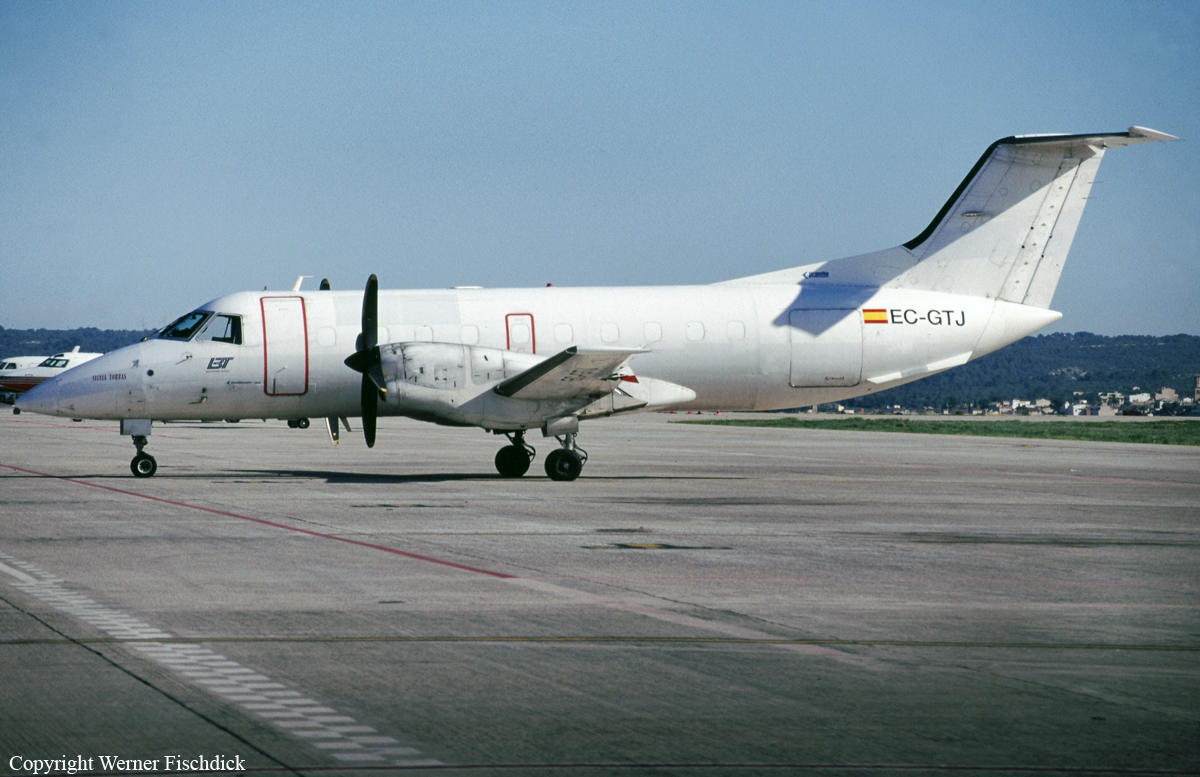
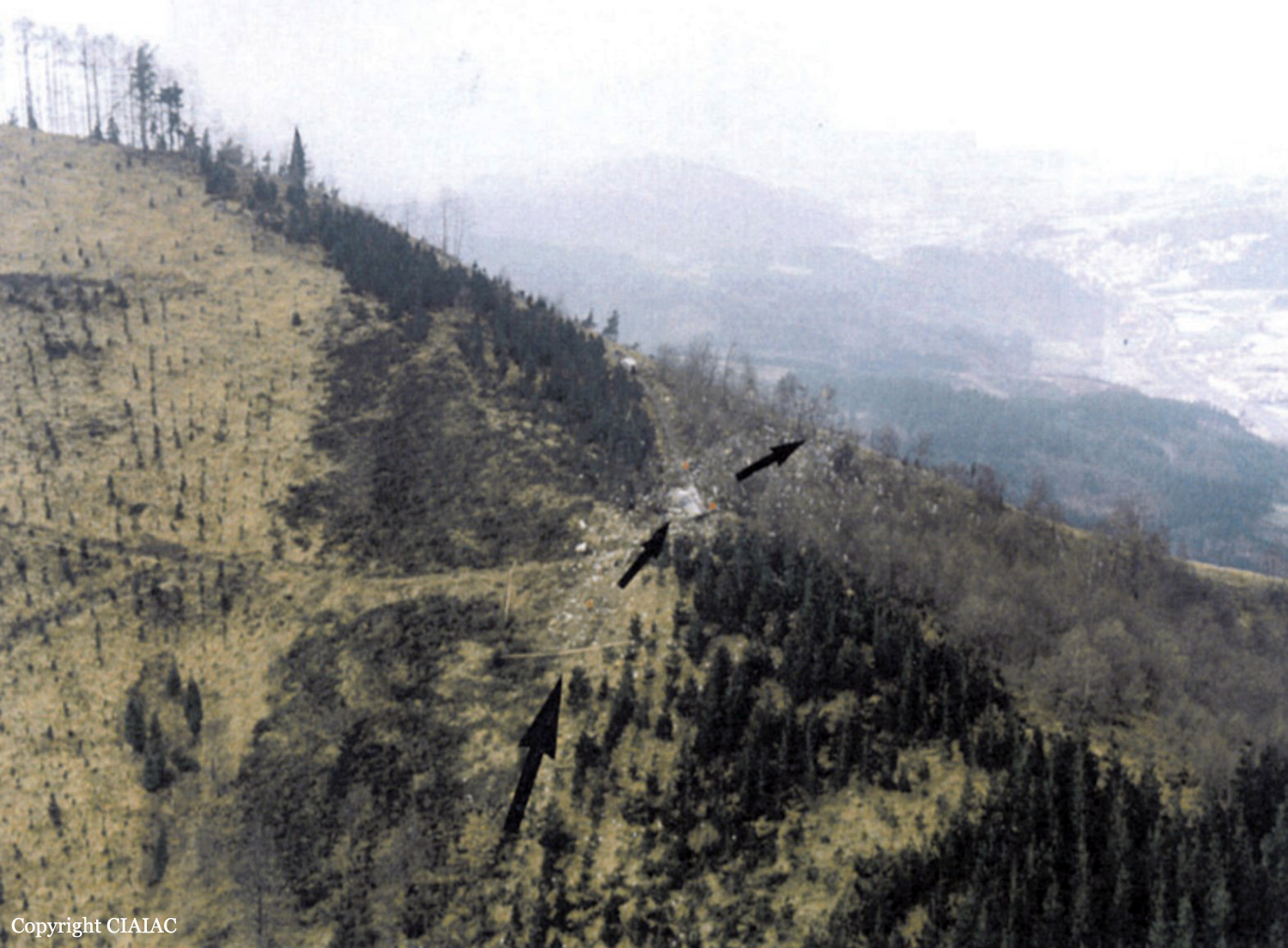
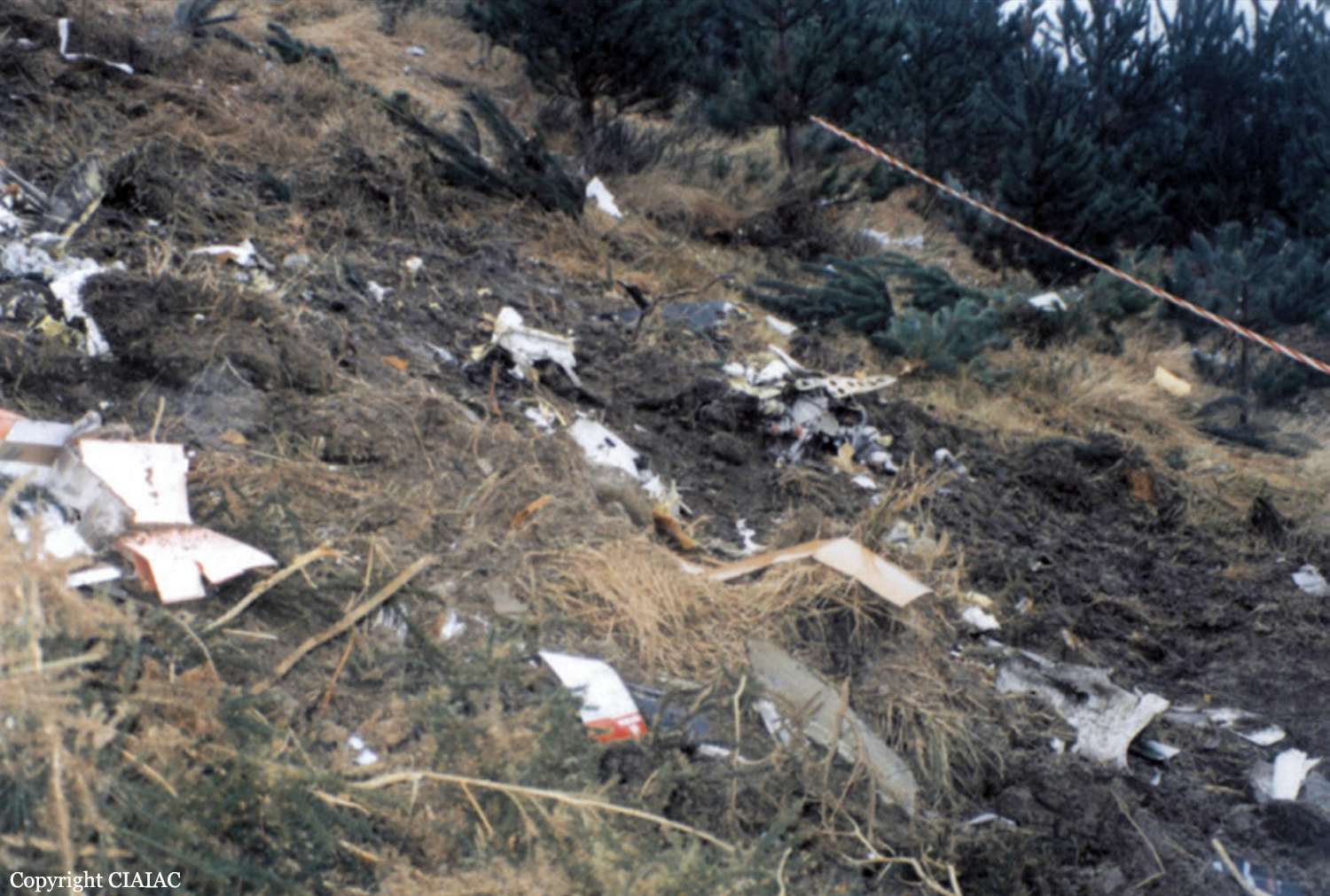
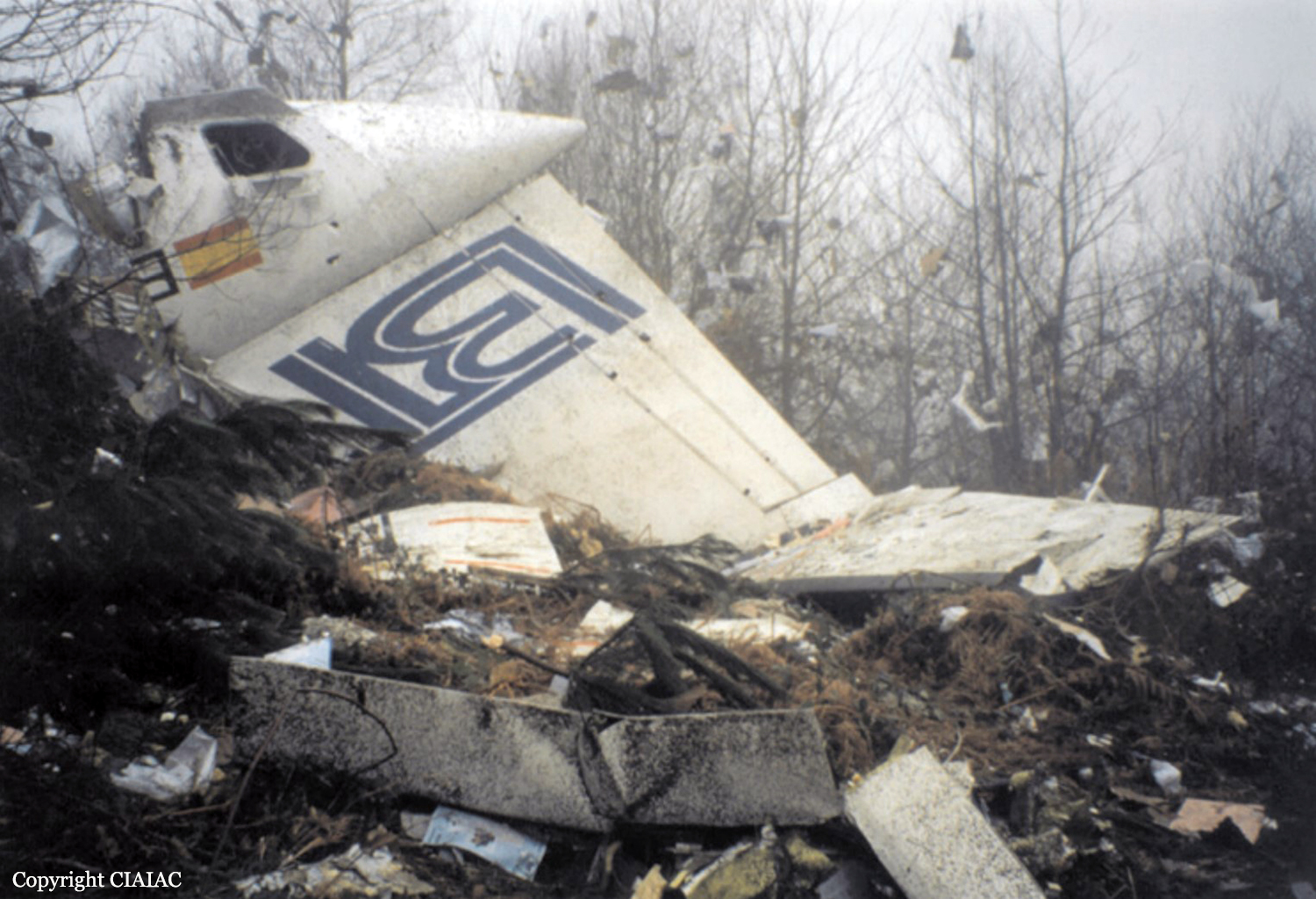
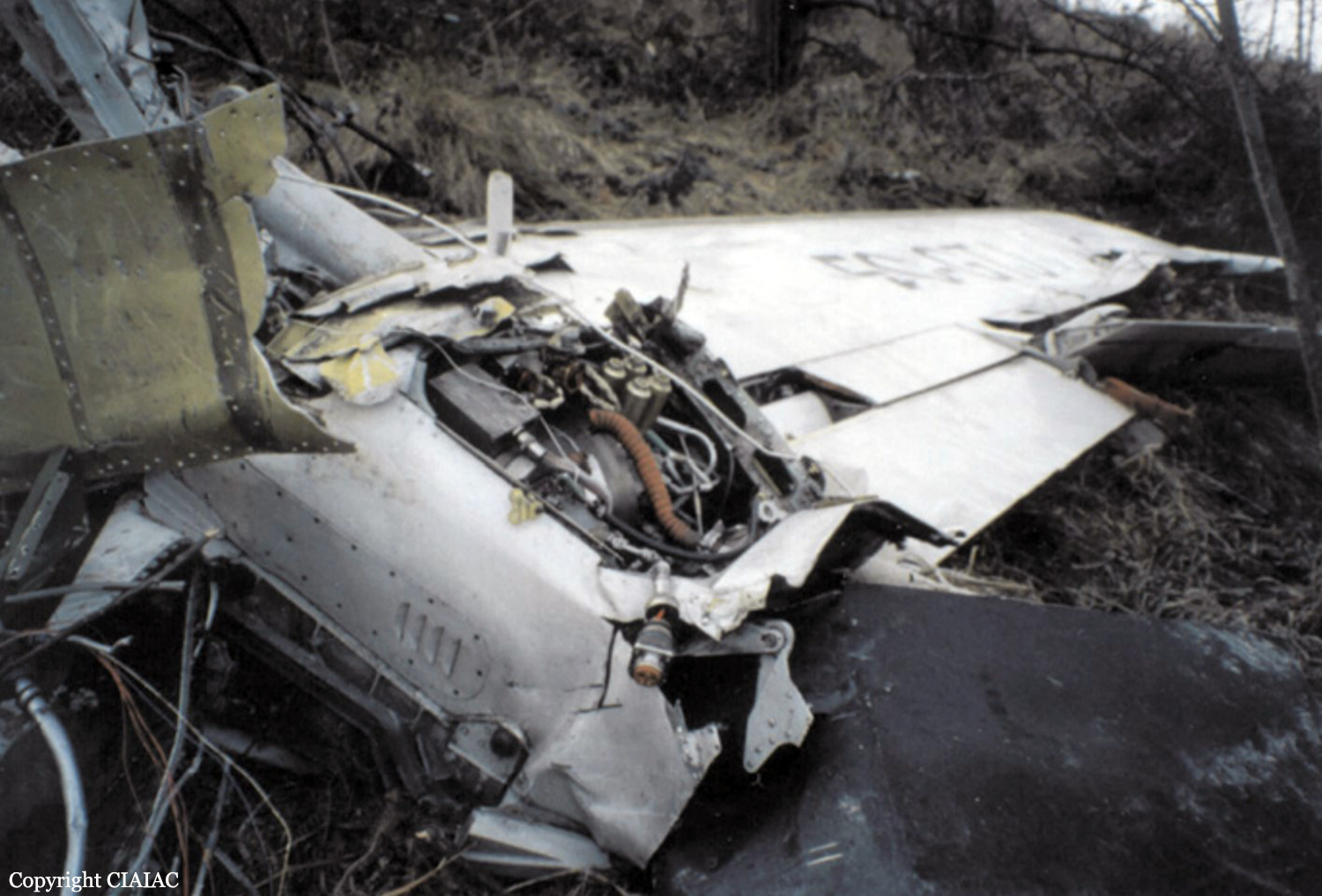

Crash of an Embraer EMB-120RT Brasília in Bethel
Date & Time:
Oct 16, 2001 at 2130 LT
Registration:
N120AX
Survivors:
Yes
Schedule:
Anchorage - Bethel
MSN:
120-164
YOM:
1989
Crew on board:
2
Crew fatalities:
Pax on board:
0
Pax fatalities:
Other fatalities:
Total fatalities:
0
Captain / Total hours on type:
961.00
Copilot / Total hours on type:
644
Aircraft flight hours:
26295
Circumstances:
The captain and first officer were conducting a localizer DME back course approach to runway 36 in a twin-engine turboprop airplane during a night cargo flight under IFR conditions. The minimum visibility for the approach was one mile, and the minimum descent altitude (MDA) was 460 feet msl (338 feet agl). Prior to leaving their cruise altitude, the first officer listened to the ATIS information which included an altimeter setting of 29.30 inHg. No other altimeter information was received until the crew reported they were inbound on the approach. At that time, tower personnel told the crew that the visibility was one mile in light snow, the wind was from 040 degrees at 22 knots, and the altimeter setting was 29.22 inHg. The crew did not reset the airplane altimeters from 29.30 to 29.22. At the final approach fix (5 miles from the runway), the captain began a descent to the MDA. Thirty-six seconds before impact, the first officer cautioned the captain about the airplane's high airspeed. Due to strong crosswinds, the captain disconnected the autopilot 22 seconds before impact. He said he pushed the altitude hold feature on the flight director at the MDA. Eighteen seconds before impact, the airplane leveled off about 471 feet indicated altitude, but then descended again 9 seconds later. The descent continued until the airplane collided with the ground, 3.5 miles from the runway. The crew said that neither the airport, or the snow-covered terrain, was observed before impact. The crew reported that the landing lights were off. The airplane was not equipped with a ground proximity warning system.
Probable cause:
The captain's continued descent below the minimum descent altitude which resulted in impact with terrain during an instrument landing approach. Factors contributing to the accident were the flightcrew's failure to reset the altimeters to the correct altimeter setting, and meteorological conditions consisting of snow obscuration that limited visibility, and the ambient night light conditions.
Final Report:
